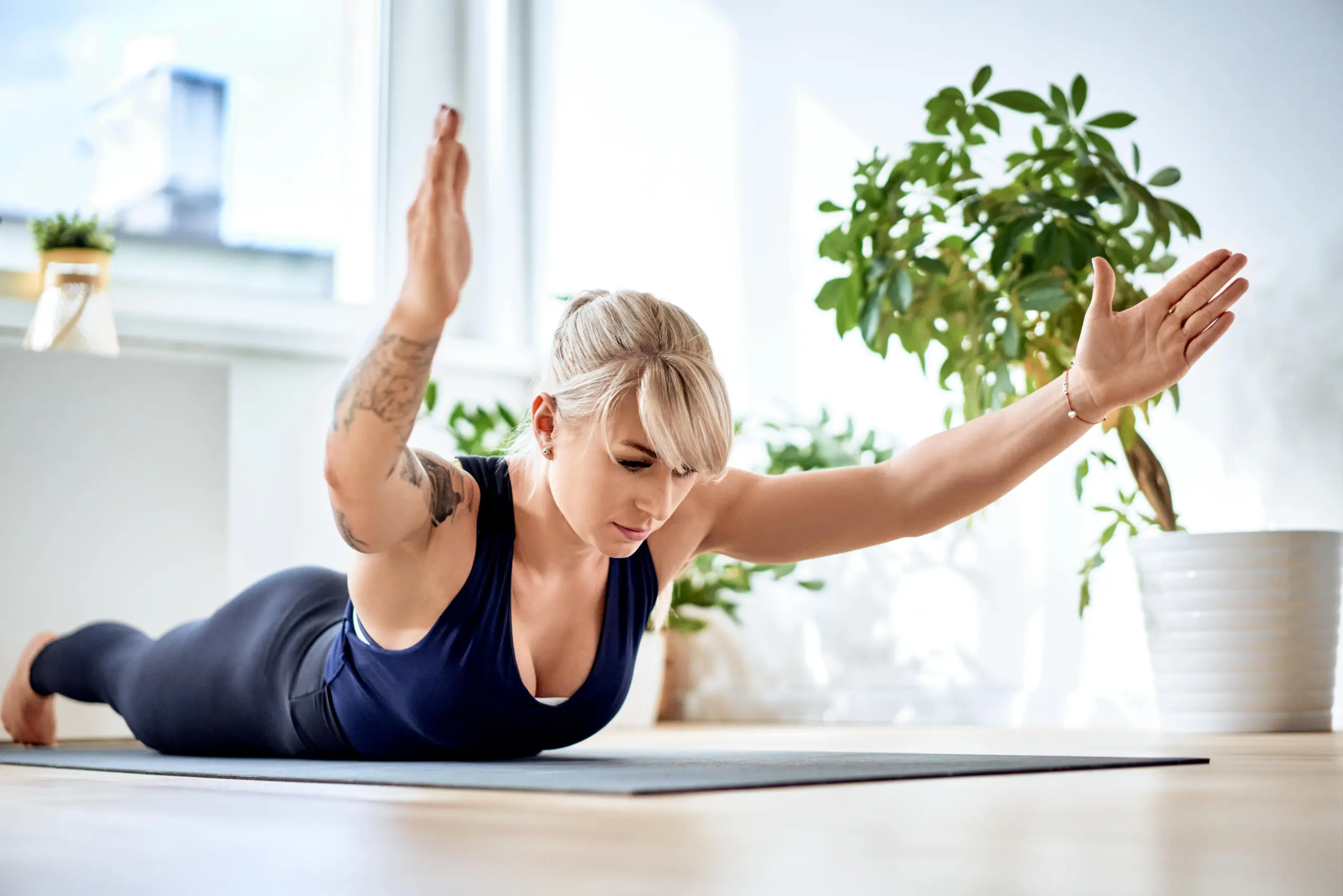TL;DR: A few simple fitness routines can improve mood, sleep, and stress control in early recovery. Below you’ll find a safe 20-minute plan, how to scale it, motivation tricks, and how Casa Leona helps you stay consistent.
Important note: Casa Leona Recovery is an inpatient program and addresses mental health only in conjunction with substance use. If you have medical concerns, injuries, or questions about exercise, speak with your clinician before starting new activity. For structured support, see Admissions and our Residential Treatment track.
Why Movement Helps in Early Recovery
Movement boosts mood, supports sleep, and reduces stress—the exact pressure points that can trigger cravings. Even small steps count. National health sources (e.g., NIA exercise guidance) note that regular activity improves energy and daily function, especially when built gradually.
Your Simple 20-Minute Plan
Use this three-part template most days of the week. It’s gentle, equipment-light, and adjustable:
- Warm-up (5 minutes): easy walk in place; shoulder rolls; ankle circles; 5 deep breaths.
- Body-weight circuit (10 minutes): repeat 2–3 rounds at a comfortable pace:
- 10 sit-to-stands (chair squats)
- 8 wall or counter push-ups
- 10 step-backs or lunges (hold a chair for balance)
- 20-second plank (knees or wall variation)
- Cool-down (5 minutes): gentle neck stretch, calf stretch, and 1 minute of slow breathing.
Hydrate and stop any movement that causes pain. If you’re in residential care, ask staff to review form cues first.
How to Scale Up Safely
- Time: add 2–5 minutes per week to your walk or circuit.
- Reps: add 1–2 reps per set when last week felt easy.
- Options: try light bands, a short bike ride, or a beginner yoga flow on rest days.
- Recovery: aim for steady sleep and a protein-forward meal within a couple of hours after exercise.
As stamina grows, consider simple intervals: 1 minute brisk, 1 minute easy (repeat 6–10 times). Keep intensity conversational—you should be able to talk in full sentences.
Make It Stick (Motivation & Habits)
- Pair habits: walk after breakfast; do your circuit while coffee brews.
- Visible cues: keep shoes by the door and a filled water bottle on the counter.
- Track lightly: check a box on your phone calendar or use a paper grid on the fridge.
- Buddy up: message a peer each morning with “I did it” or “I’m going now.”
- Low-bar days: 5 minutes counts. You’re building momentum, not chasing perfection.
Where Casa Leona Fits In
Inside Residential Treatment, we’ll personalize your simple fitness routines and teach safe progressions you can take home. We coordinate with your care team so movement supports your medical plan, nutrition, and sleep.
Questions about coverage or next steps? Visit Admissions and speak with our team. For general guidance on physical activity and healthy aging, see the CDC activity basics.
Bottom Line
You don’t need a gym or an hour a day. A few simple fitness routines—built around walking, basic strength, and gentle mobility—can lift mood, improve sleep, and protect your recovery.
Start Small—Start Today
Want structure and accountability? Explore Residential Treatment or begin the process through Admissions. We’ll help you build a plan that sticks.

